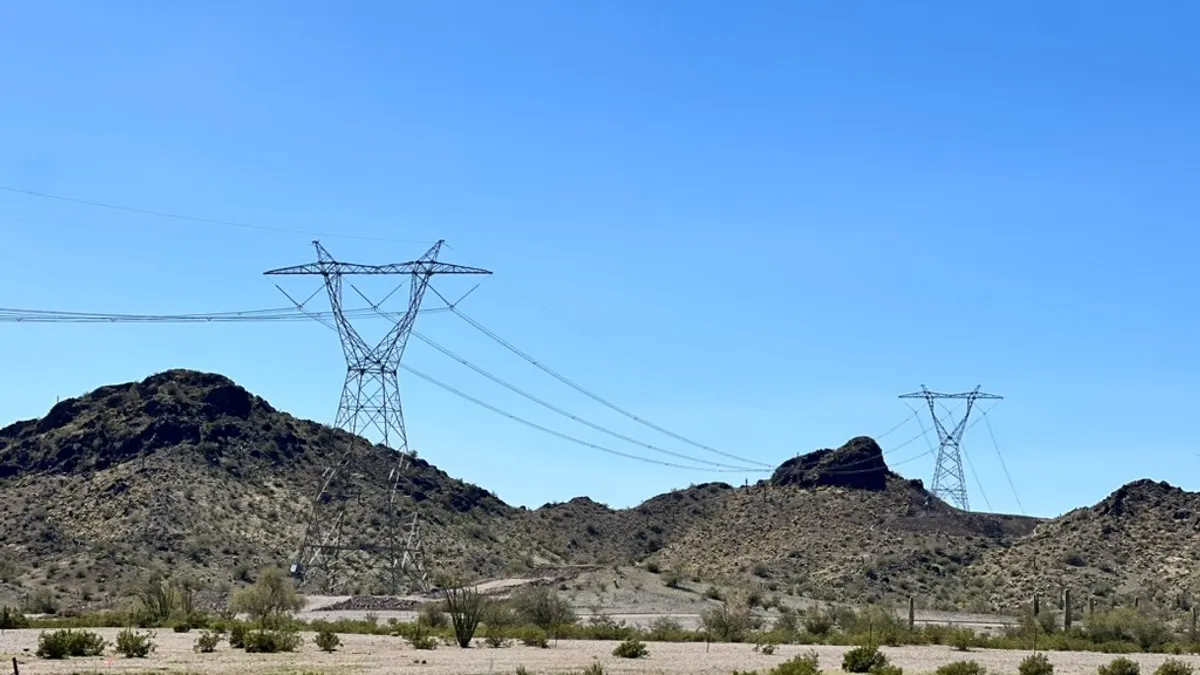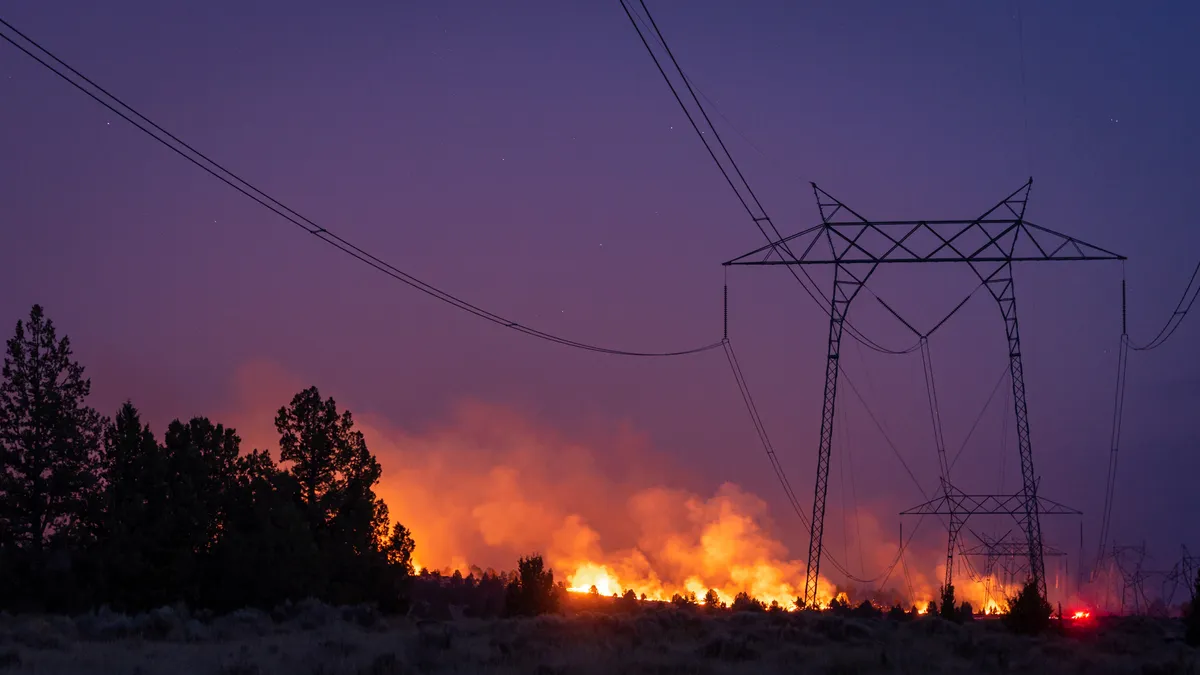Many obstacles to the clean energy transition in the U.S. are the result of a lack of power sector competition and a failure to modernize existing regulatory frameworks, two former regulators and a congressman said Tuesday.
Voltus, a virtual power plant operator that’s also a distributed energy resource technology platform, hosted a panel discussion about the near-term outlook for the energy industry and its regulators with Rep. Sean Casten, D-Ill.; Jon Wellinghoff, former chairman of the Federal Energy Regulatory Commission, and now chief regulatory officer at Voltus; and former FERC chairman Neil Chatterjee.
Transitioning to predominantly relying on renewable energy will require a paradigm shift regarding load management, Casten said, as the existing energy grid and regulatory structure were designed “with the idea that loads are variable and can't be controlled and generation can.”
Casten cited Energy Innovation chief executive Hal Harvey’s argument that “we increasingly live in a world where we are awash in generation that can’t be controlled by any central player – the wind, the sun.”
However, he said, new innovations in energy are making it easier than ever to control load.
“If we had a clean slate, it's a very technically solvable problem,” he said. “But we're trying to solve it in a world that assumes that all of our control points are upstream and we're ignoring how many control points we have on the downstream side.”
Moderator and Voltus CEO Gregg Dixon said this is an example of the ongoing energy industry dilemma of supply and demand converging in unanticipated ways. “It’s going to accelerate,” he said. “We have to figure it out.”
In response to an audience question asking if demand-side solutions should be employed to support supply-side projects, Wellinghoff said those solutions have overlooked potential in many aspects of the energy industry, including transmission.
Wellinghoff referenced a 2017 paper he co-authored with Center for Renewables Integration co-founder Kerinia Cusick, in which they argued that distributed resources can provide electric distribution service, but transmission planning “has continued to rely solely upon traditional transmission solutions primarily composed of new transmission lines and substations.”
“We're not going to get to where we need to go with a zero-carbon electric grid unless we have distributed demand-side resources supporting what we need to do on the supply side,” Wellinghoff said.
The three panelists each said they view utility monopolies and other barriers to competition in the energy industry as a hindrance to decarbonization. Chatterjee said monopoly utilities lack an incentive to embrace innovations even when doing so would benefit the utility or its customers. He said their focus has to be on protecting the monopoly and not “ceding ground” — a structure Wellinghoff described as “archaic.”
“You’d think we could bring people together on the issue of competition,” Wellinghoff said. “We need to understand that many aspects of our energy system are no longer entities that should have monopolies running them. Wholesale markets should be competitive everywhere. And I think the development of transmission should be competitive.”
While FERC provided for nonincumbent transmission development in Order 1000, which Wellinghoff noted he oversaw, aspects of the order have since been “largely rolled back” by the practices of regional transmission organizations.
The panelists said they have found it an uphill battle to argue in favor of competitive energy markets before Congress, whether doing so as a representative, like Casten, or a FERC chair appearing in front of a committee, like Chatterjee and Wellinghoff.
“Most of the senators on the Senate Committee on Energy and Natural Resources are not from competitive states,” said Chatterjee. “And as a result — and this is not partisan in nature — I've had both Democratic senators and Republican senators push back on the idea of markets and market expansion into their regions of the country.”
FERC could be “more muscular” in advocating for market expansion throughout the U.S., he said, but “it’s hard to go before Congress and say, ‘I know better than your constituents.”
“There's nothing more bipartisan in Washington than opposing competition,” Casten said. “Nobody really argues for competition. I think it’s the job of regulators to fight for that. Really being competitive, I think, should be bipartisan, but it's always been an act of political courage.”






















